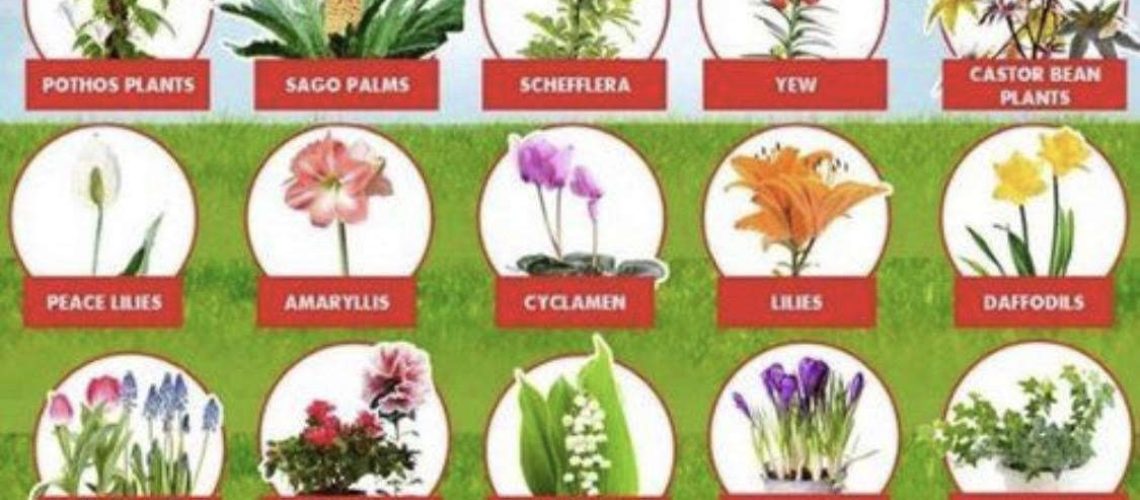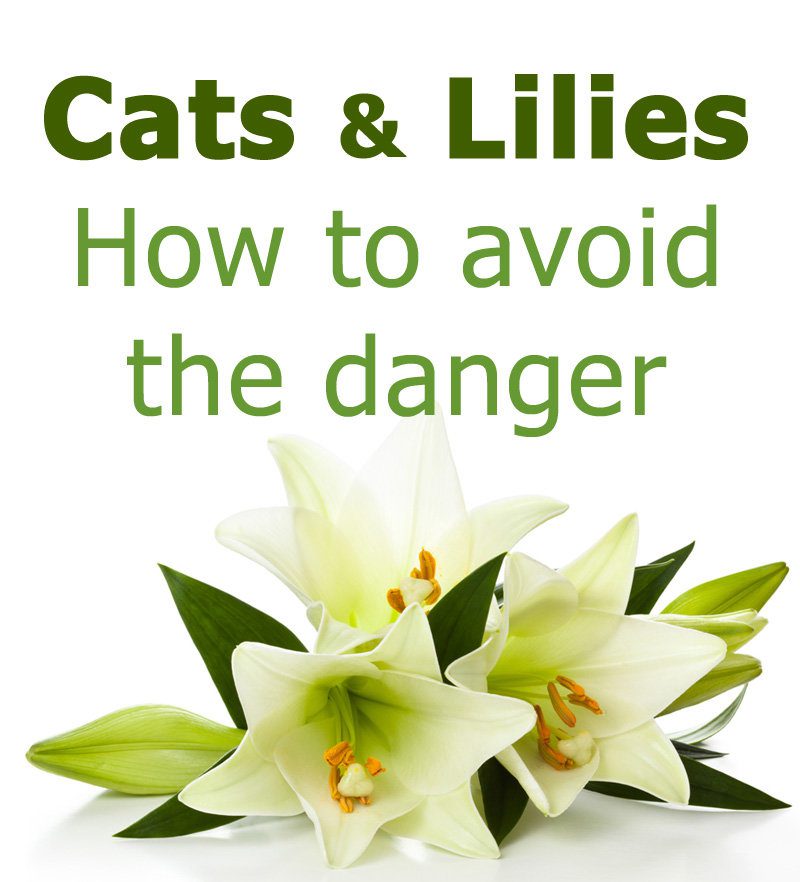Key Takeaways:
- Some common household plants, such as lilies, azaleas, and tulips, can be toxic to dogs if ingested.
- It is important to keep all potentially poisonous plants out of a dog's reach to prevent accidental ingestion.
- Symptoms of plant poisoning in dogs may include vomiting, diarrhea, excessive drooling, difficulty breathing, and even seizures.
- If you suspect your dog has ingested a poisonous plant, contact your veterinarian immediately for guidance on what steps to take.
- Prevention is key - familiarize yourself with the list of toxic plants and ensure they are not present in your home or yard where your dog can access them.
Are you a dog lover? Do you cherish your furry friend and want to keep them safe at all times? Then, understanding the world of poisonous plants for dogs is essential for you! By delving into this subject, you will gain valuable knowledge that can protect your beloved pet from potential harm. Did you know that there are over 700 species of plants that can be toxic to dogs? That's a staggering number! But fear not, because in this article we will explore some common poisonous plants for dogs and provide you with the information you need to keep your canine companion out of harm's way. So, let's dive in and ensure the well-being of our four-legged friends together!
Common Poisonous Plants Harmful to Dogs
Dogs have a tendency to explore their surroundings with their mouths, which can sometimes lead them to ingest plants that are toxic to them. It's important for dog owners to be aware of common poisonous plants that can harm their furry friends. Some examples include:
- Azaleas and Rhododendrons: These beautiful flowering shrubs contain toxins that can cause vomiting, diarrhea, and even heart problems if ingested by dogs.
- Lilies: While lilies are popular in bouquets and gardens, they can be extremely toxic to dogs. Ingesting any part of a lily plant can lead to kidney failure.
- Sago Palm: This tropical plant is commonly found in households, but its seeds contain toxins that can cause liver failure in dogs.
Recognizing if Your Dog has Ingested a Poisonous Plant
If you suspect that your dog has ingested a poisonous plant, it's important to look out for certain signs and symptoms. These may include:
- Vomiting or Diarrhea: If your dog suddenly starts vomiting or having diarrhea, it could be a sign that they have ingested something toxic.
- Lethargy or Weakness: Toxic plants can have an impact on your dog's energy levels. If they seem unusually tired or weak, it could be due to poisoning.
- Difficulty Breathing: Some poisonous plants can cause respiratory distress in dogs. If your dog is having trouble breathing or coughing excessively, seek immediate veterinary help.
Symptoms of Poisoning in Dogs After Consuming Toxic Plants
If your dog has ingested a poisonous plant, they may exhibit various symptoms depending on the type of plant and the amount consumed. Some common symptoms of poisoning in dogs include:
- Excessive drooling: Poisonous plants can irritate a dog's mouth, leading to excessive drooling.
- Loss of appetite: If your dog suddenly loses interest in food or refuses to eat, it could be a sign of poisoning.
- Seizures: In severe cases, ingestion of certain toxic plants can lead to seizures in dogs.
Safe Household Plants for Dogs to Be Around
While there are many plants that can be harmful to dogs, there are also plenty of safe options that you can have in your home without worrying about your furry friend's well-being. Some examples of dog-friendly household plants include:
- African Violet: These beautiful flowering plants are non-toxic to dogs and add a splash of color to any room.
- Boston Fern: Not only do Boston Ferns look great hanging from baskets or placed on shelves, but they are also safe for dogs.
- Ponytail Palm: This unique-looking plant is safe for dogs and adds a touch of tropical vibes to any space.
Preventing Your Dog from Coming into Contact with Poisonous Plants
The best way to protect your dog from coming into contact with poisonous plants is by being proactive and taking preventative measures. Here are some tips to keep your furry friend safe:
- Research plants: Before bringing any new plants into your home or garden, make sure to research their toxicity levels for dogs.
- Keep plants out of reach: Place toxic plants in areas that are inaccessible to your dog, such as high shelves or hanging baskets.
- Spray deterrents: Use pet-safe sprays or natural deterrents to discourage your dog from chewing on plants.
What to Do If You Suspect Your Dog has been Poisoned by a Plant
If you suspect that your dog has been poisoned by a plant, it's crucial to act quickly and seek veterinary help. Here are the steps you should take:
- Contact a veterinarian: Call your veterinarian immediately and explain the situation. They will provide guidance on what to do next.
- Collect plant samples: If possible, gather samples of the plant that you suspect caused the poisoning. This can help the veterinarian identify the toxin and provide appropriate treatment.
- Follow veterinary advice: Follow any instructions given by your veterinarian, which may include inducing vomiting (only if advised by a professional) or taking your dog to an emergency clinic.
These guidelines can help keep your furry friend safe from poisonous plants and ensure their well-being. Remember, prevention is key when it comes to protecting your dog from potential hazards in your home and garden.
In conclusion, it is important to be aware of the potential dangers that certain plants can pose to our furry friends. By keeping toxic plants out of reach and being cautious when exploring new environments, we can help keep our dogs safe and healthy.
What plants are poisonous to dogs?
Some different names for Desert Rose include Desert Azalea and Mock Azalea. Deadly Nightshade is also known as Climbing Nightshade, Poisonous Nightshade, Woody Nightshade, and Blue Nightshade. Dieffenbachia is commonly referred to as Dumb Cane, and Dog Daisy is another name for it.
What plants are poisonous to dogs outside?
Some common toxic plants include English Ivy (Hedera helix), Mistletoe (Viscum album), Oleander (Nerium oleander), and Thorn apple or jimsonweed (Datura stramonium).
What house plants are highly toxic to dogs?
Pothos/Devil's Ivy (Epipremnum Aureum) is a plant that has a toxic effect on dogs. All parts of the plant, including the roots, leaves, and seeds, can cause health issues such as diarrhea, vomiting, and liver failure if ingested.
Do dogs know what plants are poisonous?
Dogs and cats are often unaware of what might make them sick, so their curiosity can sometimes lead to negative consequences. Certain houseplants and outdoor plants can be harmful or even fatal to dogs, so it's important to be knowledgeable about potential dangers before incorporating them into your surroundings.
Will dogs naturally avoid poisonous plants?
Dogs are known for their tendency to eat anything that smells good to them, even though they might avoid poisonous plants because of their unpleasant smell or taste. However, not all plants are unappetizing to them, so your dog might be tempted to eat some salad.
What weeds are bad for dogs?
Examples of poisonous weeds include Datura stramonium, which goes by various names such as Jimsonweed, Devil's Trompet, Thorn Apple, Indian Apple, Black Datura, Tolguacha, and Jamestown Weed. Another well-known weed is milkweed, which is commonly found in North America.

















